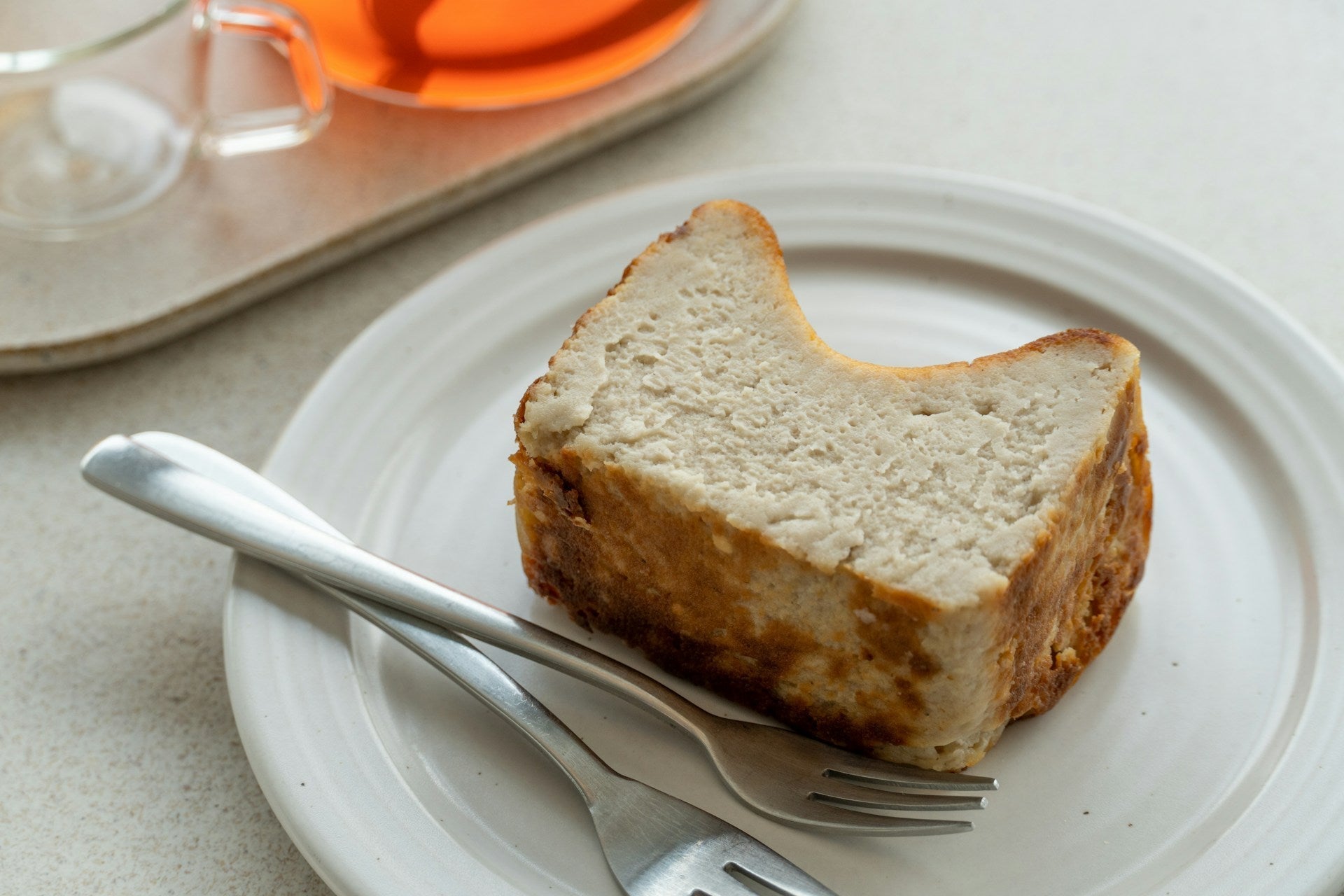Baking keto desserts can be a delightful yet challenging experience. These low-carb treats promise flavour without the guilt, but achieving the perfect texture is often tricky. One common gripe amongst home bakers is dealing with desserts that turn out dry. Understanding why this happens and figuring out ways to fix it can come to the rescue in creating those perfect, moist keto sweets.
Imagine whipping up a batch of brownies with high hopes, only to find them crumbling apart due to dryness. This scenario is all too familiar to those indulging in keto baking. Fortunately, there are practical solutions to keep your desserts delicious and perfectly textured. Let's dig into why these dryness issues occur and explore effective strategies to address them.
Understanding the Basics of Keto Baking
Keto baking may look like traditional baking, but it brings its own unique set of rules and challenges. The main difference lies in the ingredients. Instead of all-purpose flour and sugar, keto recipes often use alternatives like almond flour, coconut flour, and erythritol. These ingredients are brilliant for slashing carbs but present challenges in terms of moisture retention and consistency.
Almond flour, for instance, doesn't absorb liquids as well as regular flour, while coconut flour is intensely absorbent and can dry out bakes if not balanced with extra moisture. Erythritol, a common sugar substitute, lacks the binding properties of sugar, which can affect the overall texture.
Whether you're a seasoned baker or a newbie, understanding these elements is critical. To bake successfully with these ingredients, you might need to adjust your methods:
- Almond Flour: Perfect for adding a nutty flavour, but may need extra eggs or binding agents.
- Coconut Flour: Great for fluffy textures but requires plenty of liquid due to its absorbency.
- Erythritol: Superb for sweetness, but consider pairing with an additional binder for better texture stability.
Understanding these differences and how to adjust your recipes accordingly can make a significant impact on the end result, ensuring your keto delights remain moist and tasty.
Common Reasons Why Keto Desserts Can Be Dry
One of the usual culprits in dry keto desserts is the lack of moisture-rich ingredients. Baking without enough eggs, yoghurt, or butter can lead to a dry texture. These elements play a crucial role in introducing moisture and creating the desired consistency in baked goods. Think of them as the essential glue that holds your dessert's texture together.
Another factor is baking times and temperatures. Keto desserts can be more sensitive to heat, so it’s important to adjust your settings to prevent over-baking. Using an oven thermometer can help keep things accurate since your oven's dial might not always reflect the true temperature.
Over-mixing is another issue that can lead to drier outcomes. When you mix the batter too much, you incorporate extra air, which can cause the end result to be denser or cakier than intended. Keeping mixing time short and gentle helps preserve the texture you're aiming for.
Practical Tips to Improve the Texture
Now that you know the causes, let’s look at some ways to improve the texture and moisture of your keto creations. First off, adjusting moisture levels can do wonders. Incorporate ingredients that naturally contain more liquids, or try adding a bit more of these elements if your desserts often seem too dry.
Next, pay attention to your baking techniques. Measuring flours precisely can make a big difference, as keto flours behave differently than standard ones. Too much can create a dry cake; too little may make it too crumbly. When monitoring baking times, consider setting a timer and checking for doneness a few minutes before the expected time.
Adding binding agents can also help enhance chewiness. Xanthan gum or psyllium husk can add that little bit of flexibility that may otherwise be missing. These agents work to bind ingredients together more effectively, adding moisture and texture to your finished product.
Troubleshooting Specific Keto Dessert Types
Different types of desserts might need specific adjustments to keep them moist and tasty. For cakes, think about how to achieve a moist and fluffy texture. Consider experimenting with the balance of wet and dry ingredients to get it just right.
When it comes to cookies, soft and chewy is often the goal. The trick is not to over-bake them. Keep an eye on the edges; when they begin to turn golden, it's typically time to bring them out, even if they appear slightly underdone in the middle.
Bread lovers may struggle with dryness more than most, but this can be easily fixed. Enhance softness by ensuring that moisture levels are high before baking. Proper storage afterward, such as in an airtight container, helps maintain that desired texture longer.
Enjoy Perfect Keto Desserts Every Time
Creating delightful keto desserts doesn't have to be a struggle. By understanding your ingredients better, you can make informed adjustments that lead to better baking outcomes. Although it takes a bit of practice, the satisfaction of pulling a perfect batch from the oven is well worth the effort.
So, give these tips a go, and you'll likely find your keto baking adventures less of a challenge and more of a pleasure. With the right techniques and a touch of patience, you can consistently enjoy delicious and perfectly textured keto desserts.
For those eager to explore a world of delicious low-carb treats, Yo Keto offers a tempting range of options to satisfy your sweet cravings. Discover an array of keto desserts that can add variety and moisture-packed flavour to your baking, all while keeping you on track with your lifestyle goals.

